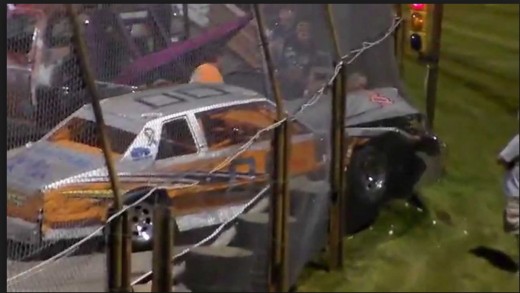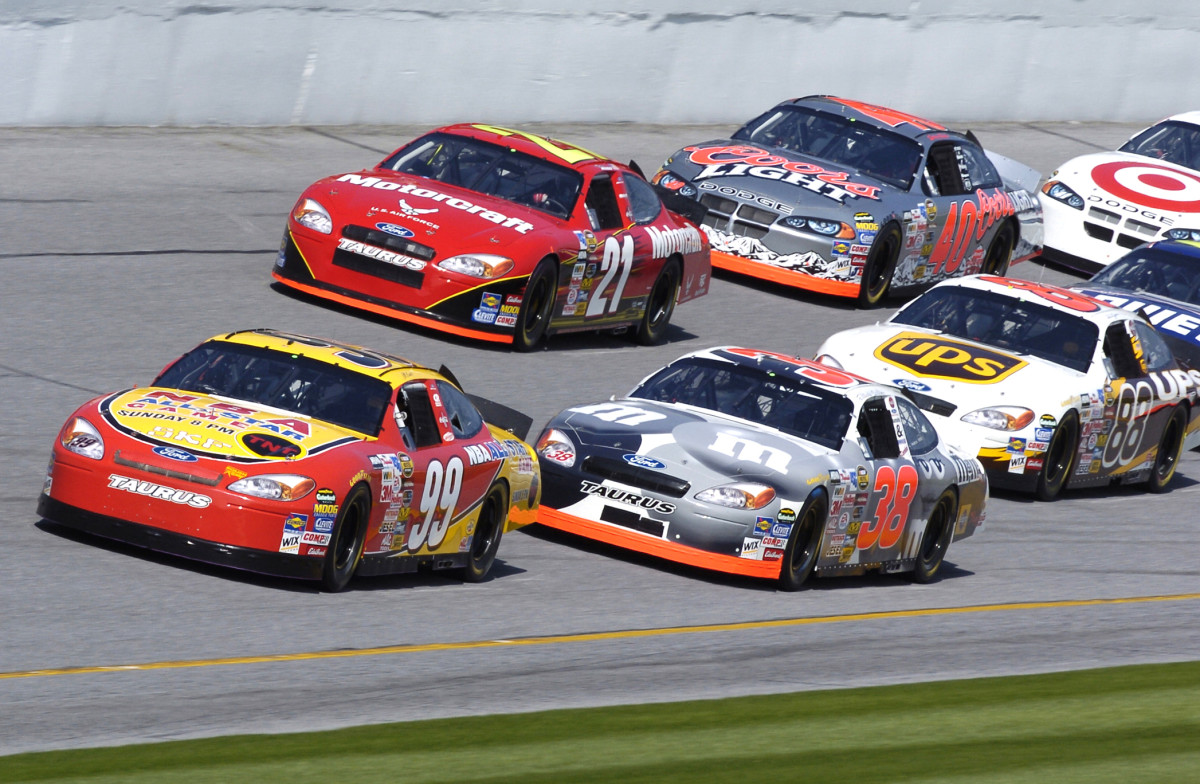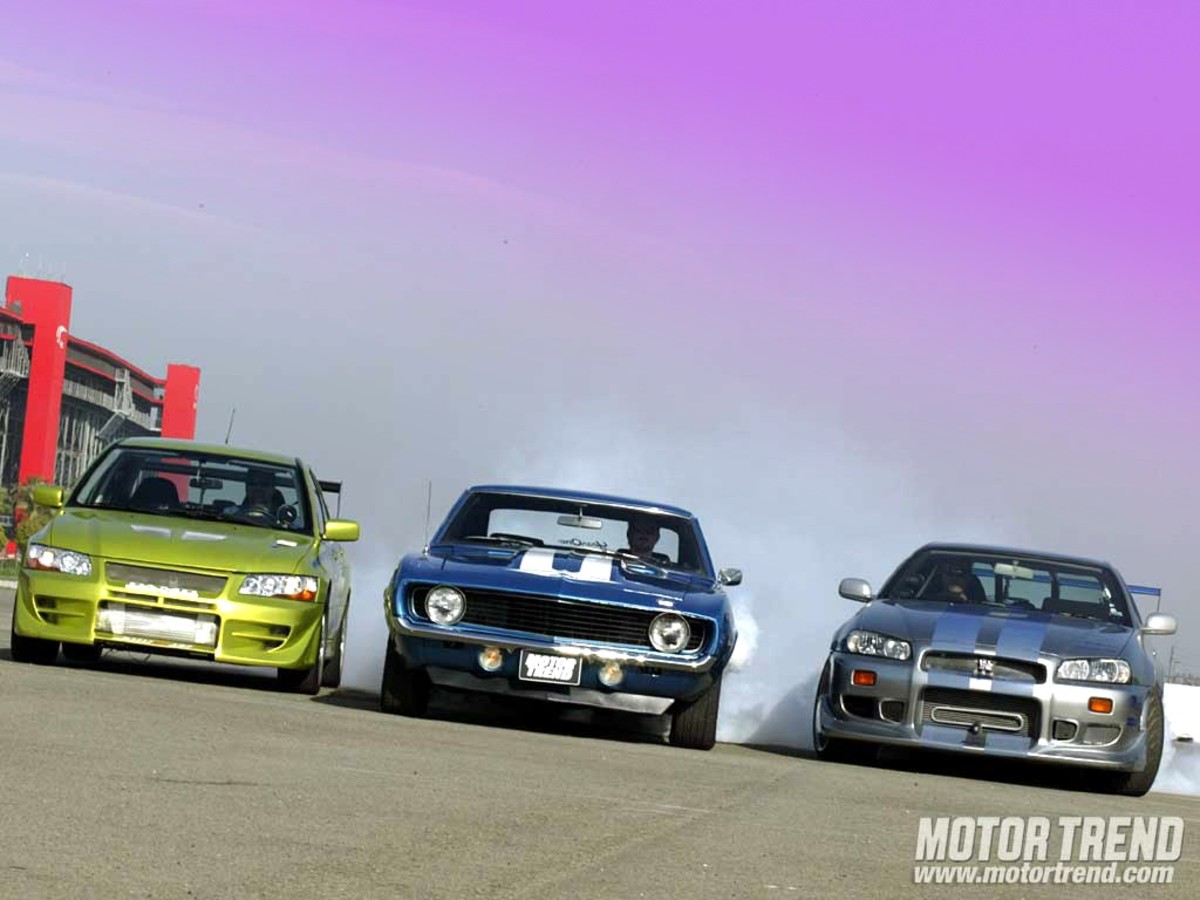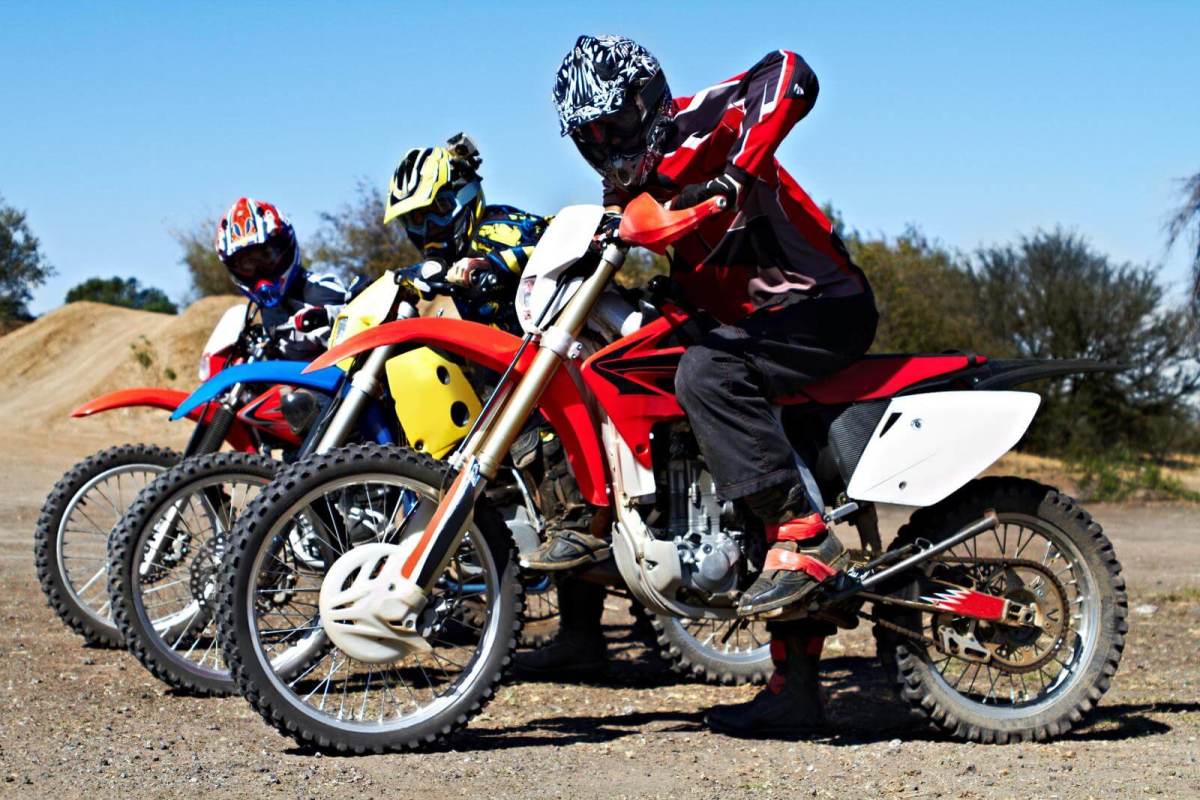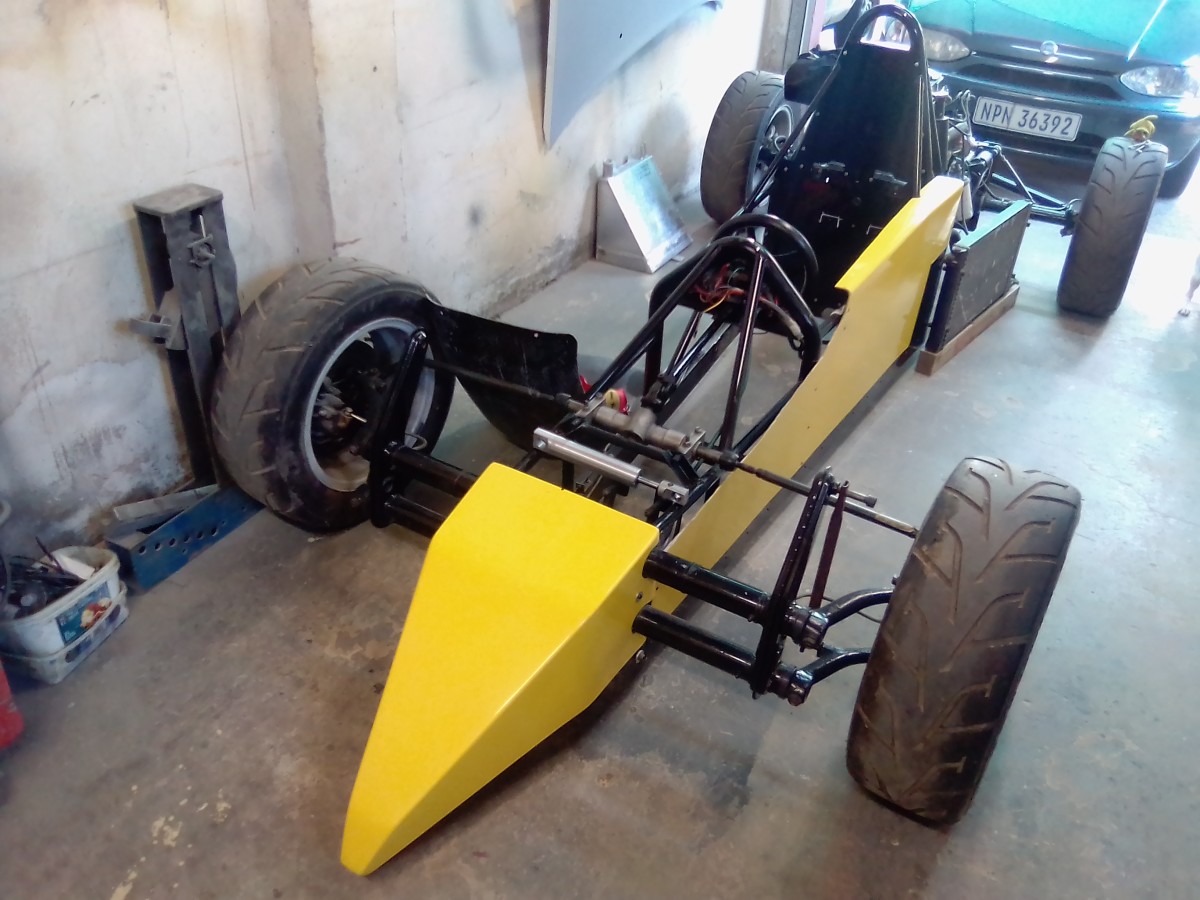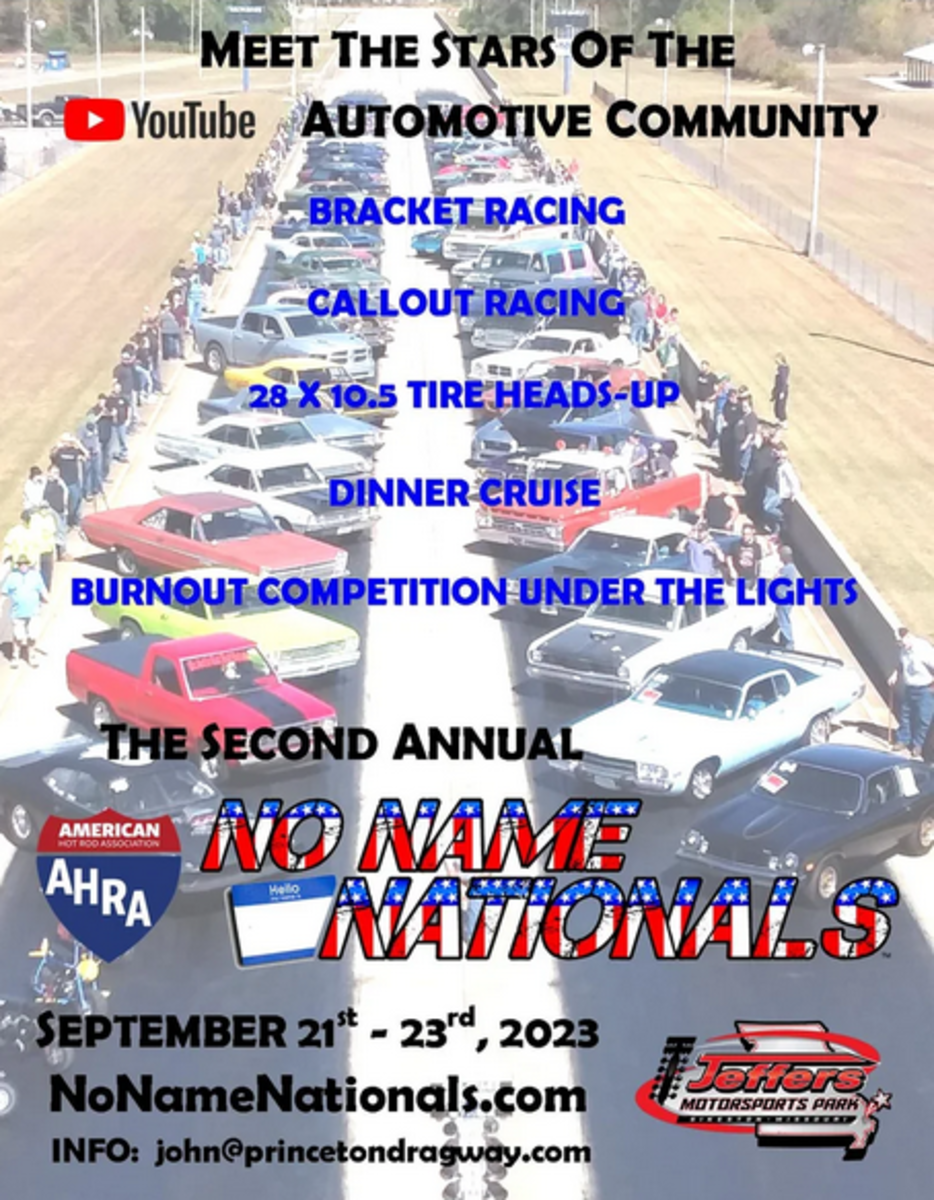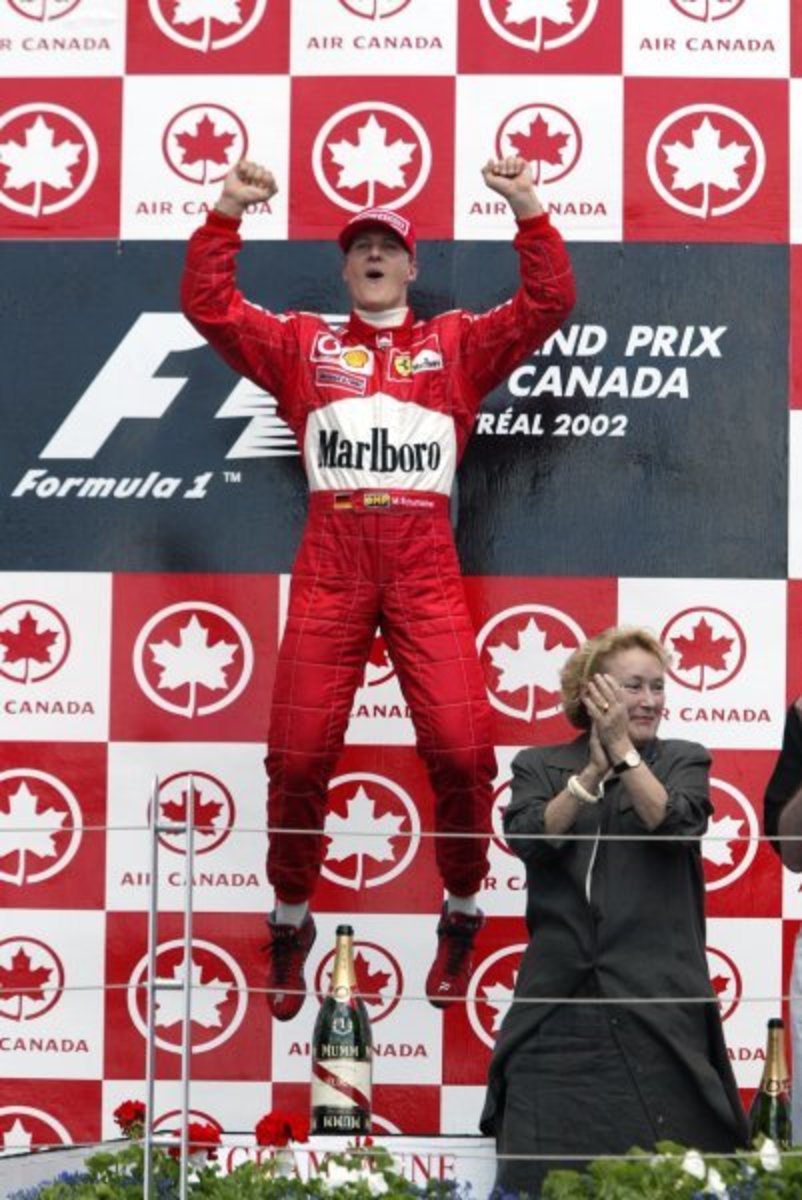Changing the Status Quo Could Save the Lives of More Race Car Drivers
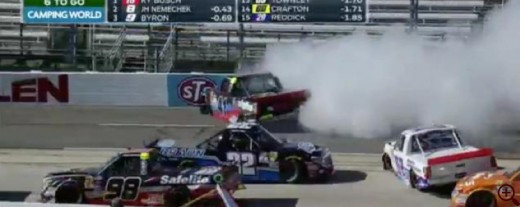
Concussion awareness in racing is on the rise, particularly after notable drivers experienced wall-slamming head injuries. Yet no one’s addressing the root of the problem—The walls themselves. Other technologies have advanced, but there remains a blatant blind spot when it comes to track barrier improvements. We keep treating the symptoms without addressing the disease.
A recent report about NASCAR and concussions delved deeply into the medical side and discussed prevention methods, but never focused on where the issue begins and ends at the point of terminal impact.
In the last 18 months alone, at least 16 more drivers died as a result of concrete walls, Armco guardrails and other outdated barrier methods, not counting innumerable concussions, injuries and disabilities. No one officially keeps track of how many people die on track, especially at small independents, which make up the majority of America’s 1300 race venues (give or take), so the death toll is realistically much higher. Sadly, most of these incidences could easily have been prevented if hard impact with a retaining wall or steel guardrail had been buffered by something softer.
The list of concrete-related fatalities dates back 60-80 years, as does Armco guardrail’s. 30 odd years ago, used tire packs became the standard barrier or buffer but, tires were designed specifically for cars on roads, not to function as safety barricades for driver protection. Formula One is considered by some to be a harbinger of technological breakthrough in auto racing and NASCAR’s introduction of SAFER Barriers was a major step forward, however this solution isn’t feasible for most tracks. Beyond that, little else has changed and, for the better part of a century, the same rigid walls have existed at racetracks worldwide. Shockingly, even brand new state-of-the-art motorsports facilities are installing stone age barrier systems.
Why haven’t any of these tragedies, or those before, provoked the motorsports industry to do the right thing? The answer is stunningly simple. Right or wrong, dangerous or life threatening, the racing world tends to accept the status quo.
Given the rising awareness of football concussions that have sparked unprecedented lawsuits, you’d think upgrading barricade walls to prevent traumatic brain injuries would become paramount. Alas, even racing insiders admit motorsports is reactive versus proactive, and is so fragmented that it’s near impossible for safety improvements to be adopted industry wide.
Football draws about 1.8 million players from youth to pro. Stats show approximate 4 -13 players die each year. Meanwhile, the number of drivers ranges between 50,000 and 400,000 including weekend warriors and HPDE. Even when conservatively applying the higher number, racing’s death rate is over five times that of football. According to the book “Motorsports Medicine” by Dr. Harlen C. Hunter and Rick Stoff, the risk of a fatal accident in auto racing is about 30-times higher than football, with head and neck damage responsible for at least half. Add driver injuries and disabilities on top of deaths and the total is overwhelming.
Here’s a scary thought: How many drivers race with concussions and don’t even know it? Though NASCAR requires neurocognitive baseline assessments, who’s watching out for the thousands of other circuit participants? It only takes one abrupt stop to rattle your brains and there’s a good chance almost every racer will be involved in a bell-ringing crash during his career. The issue could eventually open the door to major lawsuits like the NFL.
When the HANS Device was first introduced in the late 1980s, racing safety companies refused to manufacture it and drivers balked at wearing it. Jim Downing never gave up, but It wasn’t until 2001 after Dale Earnhardt died hitting a cement retaining wall that NASCAR finally mandated the HANS head and neck restraint system, eventually followed by other sanctioning bodies. That’s over twenty years and who knows how many other basilar skull fracture deaths, not to mention CTE concussions, before motorsports took this critical life-saving device seriously.
Despite the HANS mandate, only about a third of race car drivers use head and neck restraints at the lower levels on smaller tracks, and most don’t use safety products unless it’s required. Meanwhile, concussions and CTE incidents continue increasing across the board. There’ve been many cases of concussed racers who later developed double vision, memory lapses and more. No amount of safety equipment or medical technology spares drivers from slamming into immovable walls and suffering “Delta V” sudden deceleration. Modern barrier systems do exist that are lightyears ahead of the status quo, yet it’s been a long road to acceptance much like Downing’s HANS Device.
In an effort to gain support and create a movement to evoke changes, we’ve reached out to motorsport safety organizations, sanctioning bodies, concussion experts, safety leadership, track designers and, of course, racers. Our vision is to create a team of like-minded motorsports entities under an umbrella title. The driving purpose behind everything we’ve done and will do is to make racing safer, although often it’s the very people we’re trying to protect that offer the most resistance to change.
Drivers are the only necks literally on the line yet, in general, they continue to accept the barricade status quo. Racers are a special breed—The thrill of competition and victory far outweighs the agony of defeat or the specter of death. Although the addiction is understandable, too many drivers have been maimed and killed by unforgiving walls. We all have a moral responsibility to help prevent the worst from happening, particularly when better barrier solutions are available that will slow deceleration and reduce shock before terminal impact occurs.
Racing organizations generally leave safety to track owners. But, independents are the most cost-sensitive to safety upgrades and tend to rely on insurance. Track designers certainly don’t want to be the disruptive influence. Thus, tracks fall back on the status quo of concrete or Armco.
The question is often posed, “How will tracks afford barrier improvements?” Ironically, the motorsports industry is filled with worthy charitable foundations and groups, yet not much exists that benefits track safety. Recently, Dale Earnhardt Jr. asked NASCAR to consider his suggestions for retirement gifts, including donations to help those in need, concussion research, etc. Why not donations to make all tracks safer, from the pro level to the lowest levels?
Ultimately, it may be up to racers to insist bare concrete and Armco be buffered, and soon, because every passing year adds to the list of barrier-caused concussions, injuries and fatalities.
